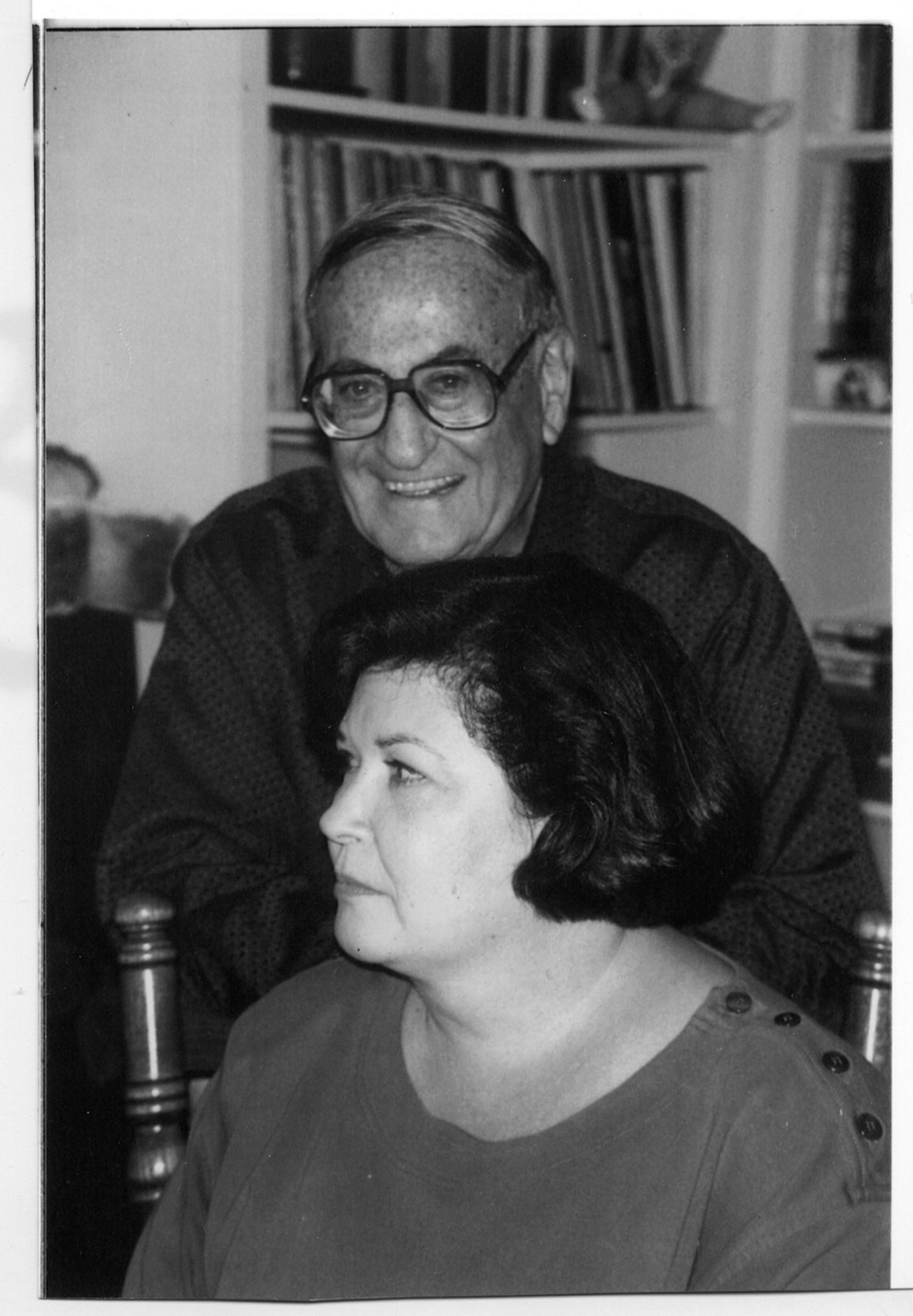Boozy Book Review: Malört: The Redemption of a Revered and Reviled Spirit
Jeppson's Malört is a famously disgusting liqueur from Chicago. It’s the drink that your party friends force you to try when you visit them, or sometimes the drink that a dive bar bartender might give new visitors as an ironic “Welcome to Chicago” shot. You try it, you make a horrified face and usually say something like, “Why does this toxic sludge even exist?” and everyone laughs. The memory and the bitter flavor stick with you for a long time.
In Malört: The Redemption of a Revered and Reviled Spirit Chicago Review Press (September 3, 2024), Josh Noel traces the path of the liqueur from its 1930s origins to its unlikely rise nearly a century later to its eventual sale to CH Distillery.
I expected the book to be full of jokes and quotes from people about how bad the liqueur tastes – and it has tons of them, and they are hilarious. What I didn’t expect was for the book to be so engaging and for me to become so invested in the story as Noel tells it.
How Malört Came to Be
Vintage Jeppson Malört ad
Jeppson's Malört was a commercialized version of a Swedish bäsk brännvin, a wormwood-flavored liqueur with a medicinal reputation for soothing the stomach (and traditionally for eliminating intestinal parasites). The product was first sold to Chicago’s Swedish expat community as a reminder of similar liqueurs from home.
The brand was purchased by George Brode, who marketed it to the large working-class Swedish immigrant community of Chicago after Prohibition. He also advertised it as a macho drink, with slogans in the 1950s like, “No woman wets her whistle on Jeppson, that’s a he-man’s prerogative.”
Most of the book follows the story of Patricia (“Pat”) Gabelick, however. She was hired as Brode’s secretary in 1966, became his longtime mistress, and inherited the brand when Brode died in 1999. At that point, Malört sold very little – the height of its sales was in 1973 when it sold under 4000 cases. By 2000 it was selling sixty percent less than that.
Ironic to Iconic
George Brode and Patricia Gabelick
It wouldn’t reach those 1973 levels again for forty years. Malört’s reputation elevation from zero to hero was due in almost no part to Pat Gabelick, despite her being the star player in its story. (She didn’t like it and never drank it but did provide hours of interviews with the book’s author.) With its dated bottle label and bottom-shelf status in Chicago’s neighborhood taverns and liquor stores, young drinkers were intrigued by the mysterious liquid and eventually adopted it as their own.
Meanwhile, the brand didn’t even have a website, and few people knew anything about it or why it tasted the way it did. (As far as I can tell its only ingredients were wormwood, sugar, and alcohol, so there’s your answer.) However, a few fan pages on Facebook and Twitter sprung up celebrating the “Malört’s face” people make when first trying it. It was young fans of Malört like these that essentially rescued the brand from extinction.
A Little Help from Friends
Josh Noel, Malört author
The book details how three key fans volunteered their time and expertise to Pat Gabelick spreading the word of Malört. They built the website, made t-shirts, held promotional events, pitched distributors, and ran social media. They seemed to do everything but control the finances – or receive payment for their efforts.
Their work ensured that media attention grew, then copycat Malörts were released, and a hostile takeover by a major liquor company disguised as a trademark lawsuit ensued. They fought it off. The brand became more successful than ever, on its way to selling 10,000 cases by 2017.
It was this story of the wholesome scrappy crew of fans working with an elderly lady to promote a unique local spirit that really hooked me. Author Josh Noel turned what could have been a silly brand history book into an underdog story. I found myself fully invested, rooting for the team to win and for everyone to come out rich and happy.
That’s not exactly what happened, though. While Pat Gabelick made out well for herself, I wouldn’t be surprised if the people who helped save Malört and build it into a big enough brand to sell for millions are left with a bitter taste in their mouths.
In Conclusion
I really enjoyed this book and was impressed by what must have been a tremendous amount of interviewing and research by author Josh Noel. I don’t know if other readers will become as invested in the story as I did or come away with as strong feelings as I now have about it. But much like a typical introduction to Malört, I plan to foist this book upon many of my friends and watch their reactions when they finish.




